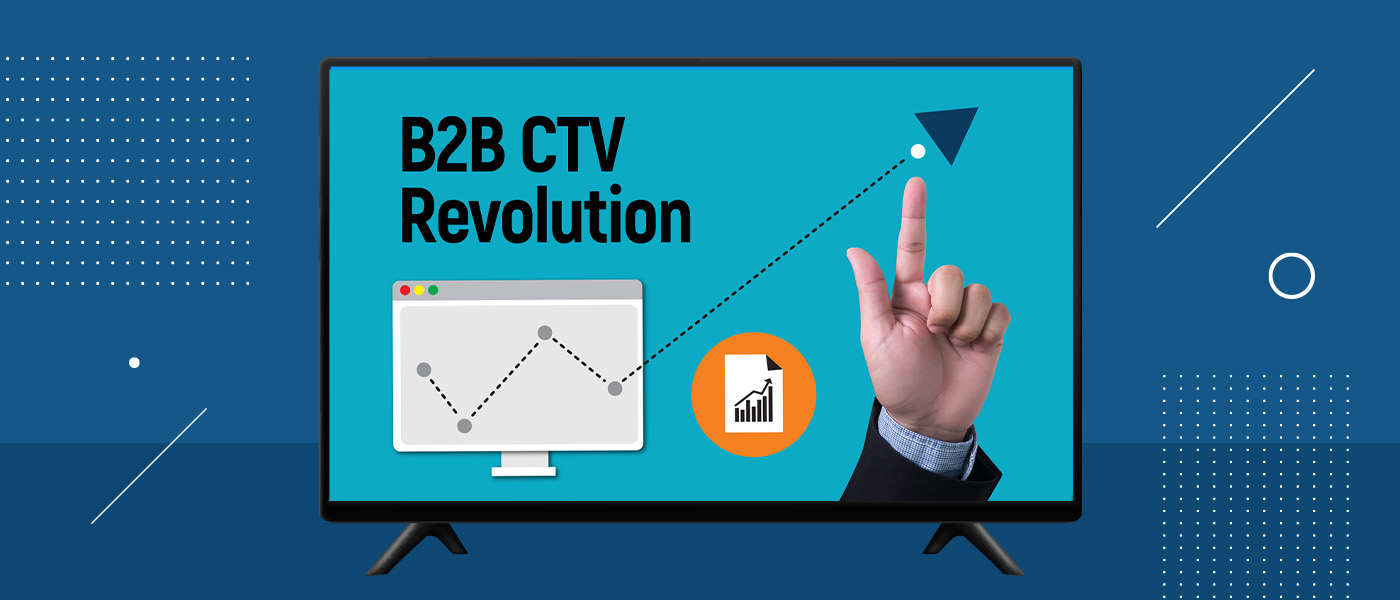
The Role of Audience Segmentation in Maximizing Publisher Revenue
ThePubverse Team | August 2, 2024
In the vibrant and competitive media landscape of the Middle East region, publishers are continually exploring strategies to boost their revenue and optimize their market presence. One highly effective method to achieve this is through audience segmentation. This process involves categorizing a broad audience into smaller, more specific groups based on shared characteristics, behaviors, or interests. By applying audience segmentation, publishers can enhance their marketing strategies, deliver more personalized content, and ultimately increase their revenue streams.
Understanding Audience Segmentation
Audience segmentation is a sophisticated technique that divides a large and diverse audience into more manageable, distinct segments. These segments are formed based on various criteria, such as demographic attributes, behavioral patterns, and psychographic factors. The primary aim is to tailor content, advertising, and promotional efforts to match the specific needs and preferences of each segment. This approach not only increases relevance and engagement but also drives better results across marketing initiatives. For publishers, this means creating more targeted content that resonates with each segment, leading to higher reader engagement and improved monetization opportunities.
The Importance of Audience Segmentation
Audience segmentation is crucial for several reasons:
- Enhanced Targeting: By segmenting audiences, publishers can create and deliver content that is highly relevant to each group’s unique preferences and behaviors. This precision targeting helps in attracting and retaining a more engaged audience.
- Improved Return on Investment (ROI): Tailoring marketing and advertising efforts to specific segments often leads to higher conversion rates and better returns on investment. When marketing strategies align with audience interests, they become more effective and efficient.
- Increased Engagement: Personalized content that addresses the specific needs and interests of different audience segments fosters greater interaction and engagement. Audiences are more likely to connect with and respond to content that speaks directly to their individual preferences.
- Better Resource Allocation: Audience segmentation allows publishers to allocate their marketing resources more effectively. By focusing efforts on the most promising segments, publishers can maximize their impact and achieve more significant results with their marketing campaigns.
- Strategic Ad Placement: Segmented audiences enable more strategic ad placements, ensuring that advertisements reach the most relevant viewers. This targeted approach improves ad performance and enhances revenue potential.
- Customized User Experience: Personalizing user experiences based on segmentation enhances overall satisfaction and loyalty. Audiences are more likely to stay engaged and committed to platforms that offer tailored experiences.
- Enhanced Data Insights: Segmentation provides valuable insights into audience behavior and preferences, enabling publishers to make data-driven decisions and continuously refine their strategies for better outcomes.
How Audience Segmentation Enhances Inbound Marketing Efforts
Implementing audience segmentation can greatly enhance inbound marketing efforts in several ways:
- Personalized Content Creation: Segmentation allows publishers to develop content that specifically addresses the interests and needs of each segment. This personalization attracts more relevant traffic and keeps audiences engaged longer.
- Optimized Lead Generation: Tailored content and targeted offers can significantly improve the quality and conversion rates of leads. By addressing the specific pain points and interests of each segment, publishers can attract high-quality leads.
- Enhanced Customer Relationships: Understanding different audience segments enables publishers to build stronger relationships through personalized communication and targeted offers. This approach fosters trust and loyalty among audiences.
- Effective Campaign Management: Segmentation helps in managing marketing campaigns more effectively by allowing publishers to tailor their strategies to different segments. This targeted approach results in more successful campaigns and better overall performance.
- Increased Conversion Rates: By aligning marketing efforts with the specific preferences and behaviors of each segment, publishers can drive higher conversion rates and achieve better results from their inbound marketing initiatives.
- Focused Resource Utilization: Segmentation allows for more strategic use of marketing resources, ensuring that efforts are concentrated on the most valuable segments. This focus leads to more efficient and impactful marketing activities.
- Improved Measurement and Analytics: Segment-specific data provides better insights into campaign performance, enabling publishers to measure success more accurately and make informed adjustments for continuous improvement.
Also read: Unlocking Native Advertising Potential for Brands and Publishers in 2024
Types of Audience Segmentation and Their Relevance
Several types of audience segmentation can be employed, each offering unique benefits for publishers:
- Demographic Segmentation: Divides the audience based on attributes such as age, gender, income, and education. This type of segmentation is useful for targeting broad groups with common characteristics and tailoring content to their specific demographics.
- Behavioral Segmentation: Focuses on audience behaviors, including purchase history, website interactions, and engagement levels. This approach helps in understanding how audiences interact with content and what drives their actions, allowing for more effective targeting.
- Psychographic Segmentation: Categorizes audiences based on attitudes, values, and lifestyle preferences. This type of segmentation provides deeper insights into audience motivations and interests, enabling publishers to create content that resonates on a more personal level.
- Geographic Segmentation: Targets audiences based on their location, such as country, region, or city. Geographic segmentation is essential for delivering localized content and addressing regional preferences, which is particularly relevant in the diverse MENA region.
- Technographic Segmentation: Classifies audiences based on their technology use, including devices, operating systems, and software preferences. This segmentation helps in optimizing content and advertising for different technological environments.
- Firmographic Segmentation: Used primarily in B2B contexts, it segments audiences based on company characteristics such as industry, size, and revenue. This type of segmentation is valuable for targeting specific business sectors and tailoring B2B content.
- Needs-based Segmentation: Focuses on identifying the specific needs and pain points of audiences. This segmentation helps in developing targeted solutions and offers that address the unique challenges faced by each segment.
- Value-based Segmentation: Divides audiences based on their perceived value to the publisher. This approach prioritizes high-value segments for targeted marketing efforts and resource allocation.
Which Segmentation Types Are Most Beneficial for Publishers?
For publishers in the MENA region, the following segmentation types are particularly beneficial:
- Demographic Segmentation: Effective for targeting broad audience groups and tailoring content to different age groups, genders, and income levels.
- Behavioral Segmentation: Essential for understanding audience interactions and tailoring content based on user actions and engagement patterns.
- Geographic Segmentation: Important for delivering localized content and addressing the diverse regional preferences within the MENA region.
- Psychographic Segmentation: Valuable for creating content that aligns with the cultural and lifestyle preferences of the audience, fostering deeper engagement and connection.
Developing an Effective Segmentation Strategy
To successfully implement an audience segmentation strategy, publishers should follow these steps:
- Identify Key Audience Segments: Analyze audience data to identify distinct segments based on various criteria such as demographics, behavior, and psychographics. This step involves collecting and interpreting data to understand audience characteristics.
- Define Clear Objectives: Establish specific goals for each segment, such as increasing engagement, driving conversions, or enhancing ad targeting. Clear objectives guide the development of targeted content and marketing efforts.
- Create Targeted Content: Develop content that addresses the unique needs and interests of each segment. Tailored content ensures that each audience group receives relevant and engaging material.
- Utilize Data Analytics: Use data analytics tools to monitor the performance of each segment and refine strategies based on insights. Analytics help in assessing the effectiveness of segmentation efforts and making data-driven adjustments.
- Evaluate and Adjust Strategies: Regularly review the results of segmentation efforts and make necessary adjustments to optimize performance. Continuous evaluation ensures that strategies remain effective and aligned with audience needs.
Also read: Unlocking Revenue Growth in 2024 with Brilliant Programmatic Monetization Strategies
By effectively implementing audience segmentation, publishers in the MENA region can significantly enhance their marketing strategies, improve engagement, and boost revenue. This approach enables publishers to deliver more personalized and relevant experiences, ultimately leading to greater success and growth in a competitive market.
Furthermore, audience segmentation provides publishers with deeper insights into their audience’s preferences and behaviors, allowing for more strategic decision-making. This precision not only maximizes the effectiveness of marketing campaigns but also fosters stronger relationships with readers by addressing their specific needs and interests. As publishers continue to navigate the dynamic media landscape, leveraging segmentation will be crucial for adapting to changing audience expectations and staying ahead of competitors.




